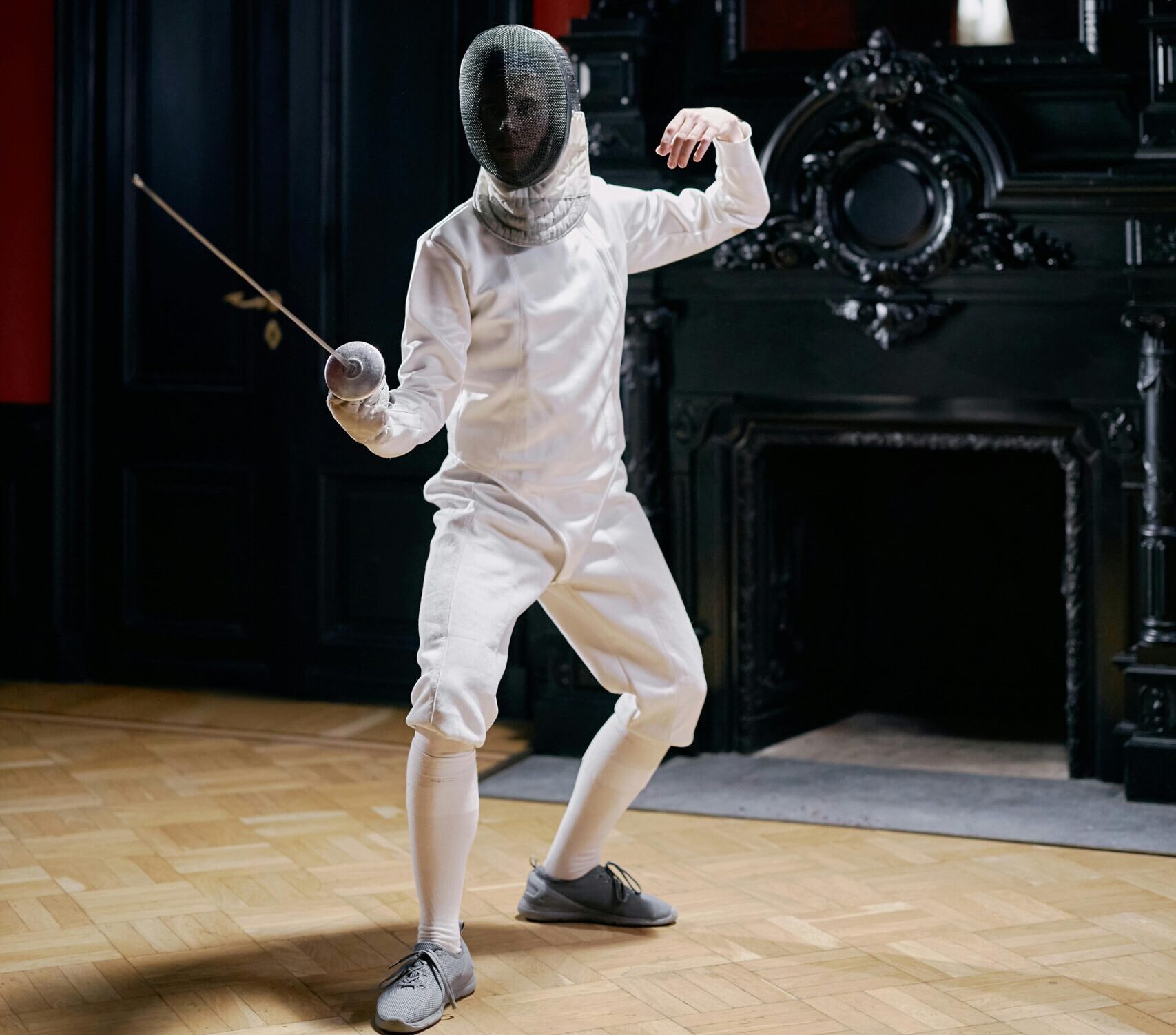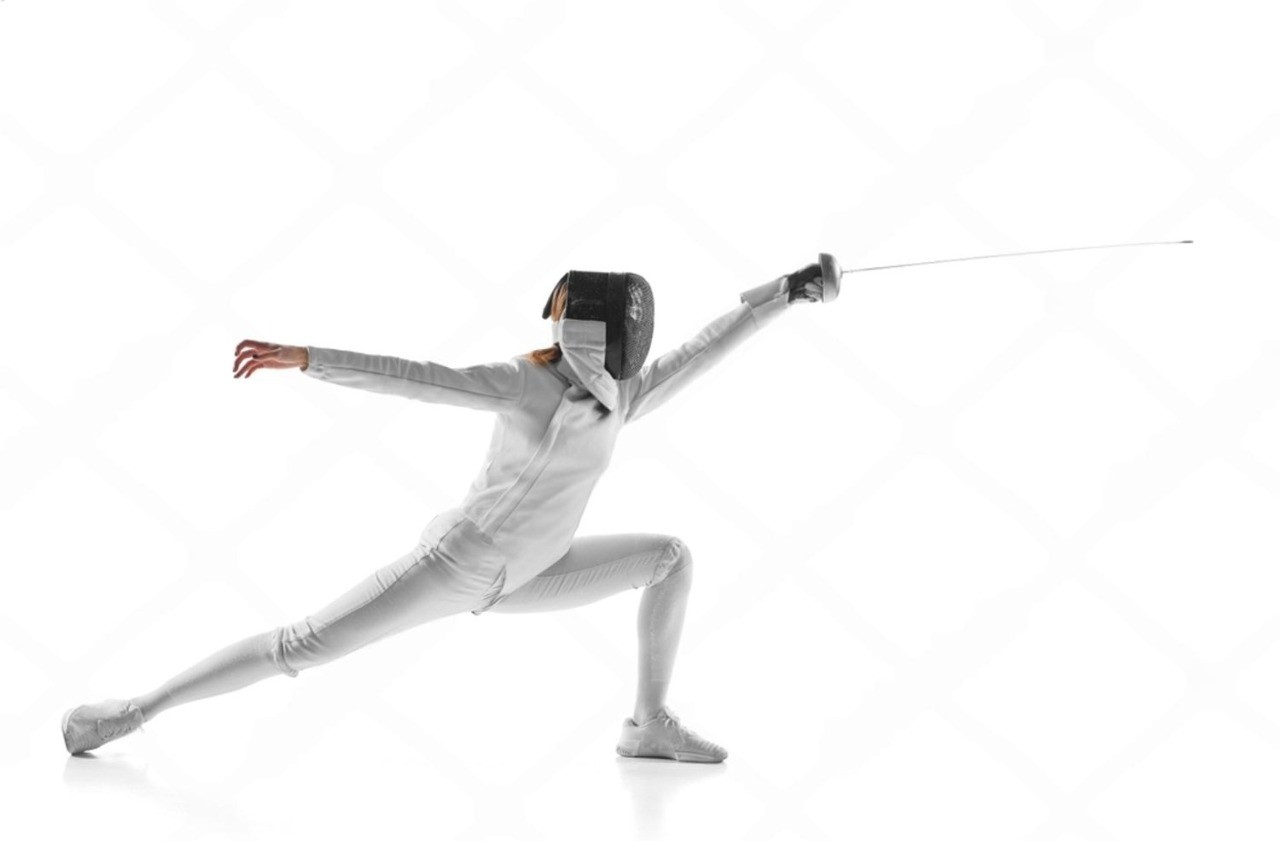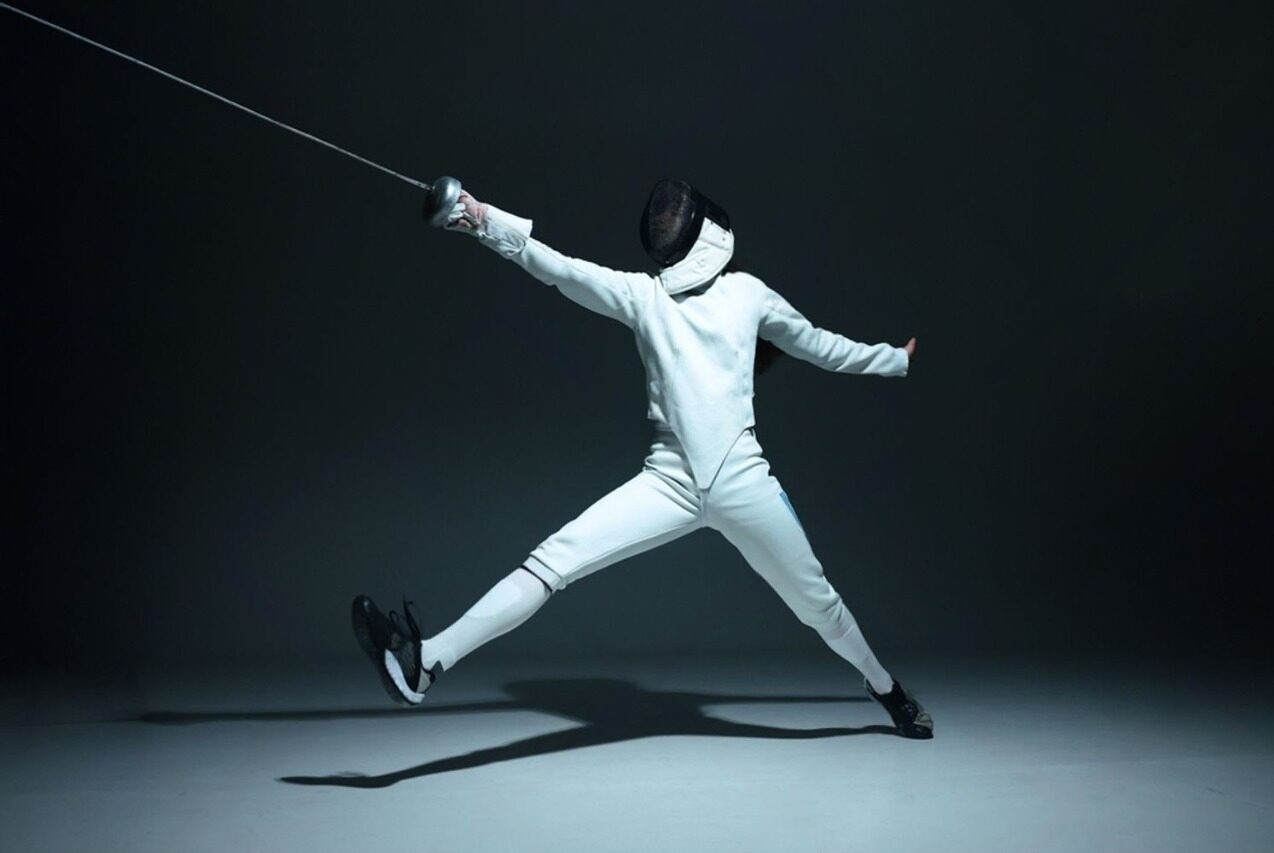The SEA Games is quickly approaching, bringing the thrill of competitive fencing to Thailand. It will begin on 9 Dec 2025 (Tuesday) and ends on 20 Dec 2025 (Saturday).
Not sure what to look out for when watching the fencing bouts during the SEA Games 2025? We break down the competition structure and teach you the essential language of the piste, including the different fencing stances, parries, and actions to spot in the SEA Games 2025.
Fencing competition format in the SEA Games 2025
Fencing in the 2025 SEA Games will feature three distinct categories: Épée, Foil, and Sabre for Men and Women competitors.
For individual matches, it’d be a direct elimination tournament where a fencer battles solo, aiming to be the first to reach 15 touches.
Meanwhile, for team events, teams of three fencers compete in nine successive five-touch bouts, with the goal of being the first nation to accumulate a total of 45 touches.

Fencing stance to look out for at the beginning of the bout
Every match in the SEA Games begins with the En Garde (pronounced on-guard) stance. This is the fencer’s ready position, allowing for explosive forward attacks and quick retreats.
The front foot points forward, while the back foot is at a right angle (an ‘L’ shape). Knees are deeply bent. Good balance is critical here.
The weapon arm is extended out, elbow bent, point aimed at the opponent’s target. This keeps the weapon ready for immediate attack or defense.
Fencing attack actions & footwork to watch for in the SEA Games 2025
The attack sequence always starts with controlled footwork and ends with a blade action. In the SEA Games, the goal is to hit the opponent’s target area.
March/Advance: The front foot moves first, followed by the back foot. It’s used to close the distance safely and pressure the opponent. This is the fencer’s primary method of movement.
Retreat: A reverse of the march, the back foot moves first, followed by the front foot. Used to evade an attack, draw the opponent out, or create more time to plan the next move.

Lunge: This is the primary attack movement. The front leg shoots forward, and the back leg straightens, launching the fencer toward the opponent. This move dramatically extends the fencer’s reach to deliver the touch. A deep, long lunge signals power and commitment.

Image credit: Wikipedia
Flèche: Pronounced “flesh”, this is a running, sudden attack. The fencer launches forward, crossing their feet as they run past the opponent. It is a burst of speed designed to shock the opponent. You will mainly see this in Épée and Sabre.
Blade actions to look out for in the SEA Games 2025
The footwork sets up the final move, which is executed with the blade.
Attack: This is the initial forward action made with the hand and arm, aiming to strike the target. The attack must begin before the opponent’s.
Feint: A mind-game move. The attacker starts an attack in one line (e.g., towards the shoulder) to provoke a defensive move (a parry) from the opponent. When the defender moves, the attacker quickly Disengages.
Disengage: A deceptive blade action. The attacker’s point slips quickly under or over the opponent’s blade. This action avoids the expected parry and changes the line of attack, hitting an unexpected, open target.
Touché (Touch): The successful contact that registers a score.
Tip: Look for the full attacking sequence: a rapid March that forces the opponent to retreat. The aggressor then closes the distance with a Lunge, often disguising their intention first with a Feint, before delivering the final, scoring Disengage.
Defense actions to watch out for in the SEA Games 2025
As the attack and footwork gain momentum, the fencer’s focus must shift to defense.
A parry is a defensive move where the fencer blocks or deflects the opponent’s attacking blade. The parry instantly transfers the momentum of the fight.
In the heat of the action, you’ll hear the referee say “Halt!” and then explain a successful attack. Often, that attack followed a parry.
The simplest way to understand the main parries is to imagine dividing the target area into four lines: high/low and inside/outside.

Image credit: The Art of the Duel Evolved
Quarte (Parry 4): Protecting the chest
- What it protects: The High-Inside line – front of the chest and torso (area closest to your heart).
- Movement: This is like creating an inner shield. The fencer moves their sword’s guard (the hand-basket) across their body, ensuring the tip is pointing at their opponent, and their palm is facing up.
- Why it works: It’s a very strong, natural block because the fencer is using the bulk of their arm and shoulder to stop the opponent’s blade from reaching their core. It’s the go-to move for defending the centre of the target.
Sixte (Parry 6): Protecting the sword arm
- What it protects: The High-Outside line – the fencer’s sword arm and shoulder.
- Movement: This is the fencer’s default ready position. Their sword is held naturally outward, slightly to the side. To execute the parry, they make a very small, sharp movement outward with their wrist to push the attacking blade away.
- Why it works: Because their arm is usually the closest target (especially in Épée), this position is crucial. Fencers try to keep this move very small and precise (a “small parry”) so they can instantly launch their own attack back, called the riposte.
Septime (Parry 7): Protecting the inner leg
- What it protects: The Low-Inside line—the inner part of the fencer’s thigh and hip.
- Movement: The fencer brings their hand across their body (like Parry 4), but the tip of the sword drops low towards the floor.
- Why it Works: This protects the side of their body closest to the opponent’s sword when they try to stab low and across your body. The movement pushes the attacking sword safely down and away from their inner leg.
Octave (Parry 8): Protecting the outer leg
- What it protects: The Low-Outside line—the outer part of the fencer’s thigh and knee.
- Movement: Their hand stays high, but they drop the tip of their sword sharply down and out towards the floor.
- Why it works: This is vital in modern fencing (especially Épée) where attackers often aim for the unprotected legs and feet. Octave quickly redirects attacks that are aiming low and wide, pulling them away from ther leg before they can land.
Tip: Look for the Parry-Riposte. This is the classic 1-2 punch of fencing: successful Parry (block) followed immediately by a Riposte (counter-attack). When you hear “Parry-Riposte,” a touch is likely to follow.
Last tip when watching fencing in the SEA Games
When watching Foil or Sabre, listen for the referee to explain who had priority. In Épée, ignore the referee’s commentary on right-of-way and just watch for the first light to go on! Not sure how the categories differ? Learn more about the differences between epee vs foil vs sabre fencing.
That’s it – you’re now an expert on the best epee fencing skills, techniques, and set-ups. Keen to experience fencing due to the upcoming SEA Games? Join us at the best epee fencing school in Singapore, where we offer beginner epee fencing lessons and private epee fencing coaching. Epee sparring sessions are also available for fencers of all levels to practise and refine their skills.

